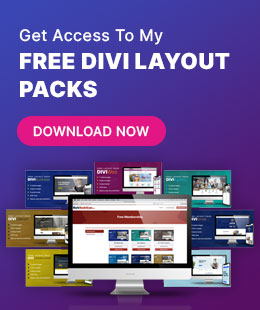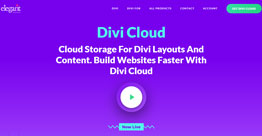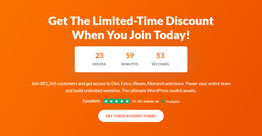Interactive CSS Flexbox Tool
Flex Container Controls
Box 1
Box 2
Box 3
How to Use the Interactive Flexbox Tool
Flexbox, or the Flexible Box Layout, is a powerful CSS layout module designed to help you create responsive web designs with ease. By mastering flexbox, you can handle complex layouts more efficiently than with traditional layout techniques. Our interactive flexbox tool is here to help you understand and experiment with flexbox properties in real-time.
The Interactive Flexbox Tool
Our interactive tool lets you experiment with flexbox properties and see the effects immediately. The tool is divided into a preview area, a code display area, and control panels for various flexbox properties.
Step-by-Step Guide to Using the Tool
Flex Direction The flex-direction property defines the direction in which the flex items are placed in the flex container. Use the dropdown to switch between row, row-reverse, column, and column-reverse. Observe how the items in the preview area rearrange themselves accordingly.
Justify Content The justify-content property aligns the flex items along the main axis. Choose from options like flex-start, center, flex-end, space-between, space-around, and space-evenly to see how the items distribute themselves within the container.
Align Items The align-items property aligns the flex items along the cross axis. Select different values to see the vertical alignment change in the preview area.
Show X-Axis and Y-Axis Toggle the X-axis and Y-axis lines to get a better understanding of how the flex items are positioned within the container.
Box Controls Each box has individual controls for align-self, flex-grow, and order. Adjust these settings to see how they affect each box independently of the other items in the container.
What is Flexbox?
Flexbox is a CSS layout model that allows you to design complex layouts with simple and flexible code. The main idea behind flexbox is to provide a container with the ability to alter its items’ width, height, and order to best fill the available space. This is especially useful for creating responsive layouts.
Understanding Flexbox Properties
Each flexbox property in the tool serves a specific purpose. Here’s a closer look at what each property does and how it affects the layout:
- flex-direction: Sets the direction of the flex items.
- justify-content: Aligns items along the main axis.
- align-items: Aligns items along the cross axis.
- align-self: Overrides the align-items value for a specific item.
- flex-grow: Makes an item grow to fill available space.
- order: Changes the order of the flex items.
Practical Examples
Flexbox can be used to create various layouts like navbars, grids, and more. Here are some examples:
- Creating a Navbar: Use
flex-direction: rowandjustify-content: space-betweento distribute navigation links. - Building a Grid Layout: Combine
flex-direction: rowwithflex-wrap: wrapandflex-basisto create responsive grid layouts.
Conclusion
Flexbox is an essential tool for modern web design. With our interactive tool, you can experiment with different properties and see the results instantly. Use this guide to understand the basics and start creating responsive layouts with flexbox.
FAQ
Q: What is the main advantage of using flexbox? A: Flexbox simplifies the process of creating flexible and responsive layouts compared to traditional methods like floats or positioning.
Q: Can I use flexbox for all types of layouts? A: While flexbox is very versatile, it’s particularly useful for one-dimensional layouts. For two-dimensional layouts, consider using CSS Grid


































